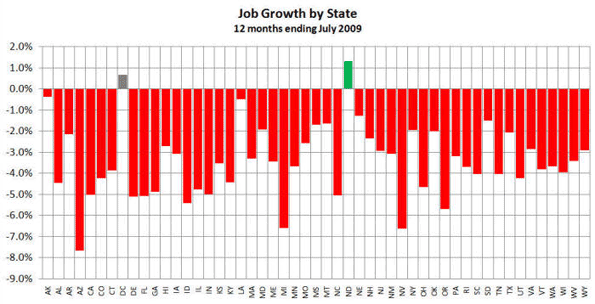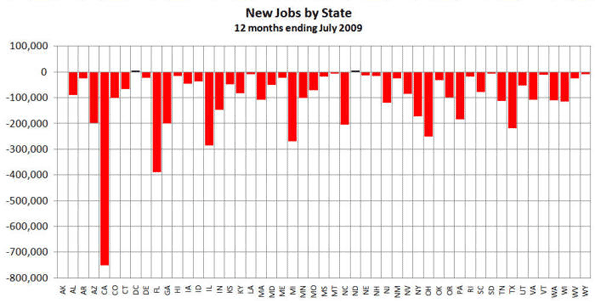Dwell Magazine and inhabitat.com have combined forces to sponsor the first ever “Reburbia Design Competition,” a design competition dedicated to re-envisioning the suburbs.
Citing the current housing crisis, the sub-prime mortgage meltdown, and rising energy cost, as well as limited natural resources available to increased exurban growth, the two companies have called upon “future-forward architects” and “renegade planners” to reinvent the suburbs.
Finalists range from a “suburban airship” that facilitates eco-friendly and efficient transportation between the suburbs and the city center to mansions turned into wetlands and natural water filtration systems to freeway wind turbines. All intriguing ideas for the suburban future.
However, Sean Paige, of The American Contrarian, takes issue with the contest’s “darker side.”
“Strolling the streets of Reburbia isn't just an imaginative adventure. It also offers a revealing glimpse into the mind of the modern eco-Utopian, which melds dark apocalyptic forebodings with naive flights of fancy,” writes Paige.
He feels the contest might propel green zealots to use “levers of power” and the “force of government” to impose an “environmentally- and socially-correct vision of suburbia.”
How might this happen? Paige argues “that opportunity is there, thanks to the power granted government planners through the mania for "smart growth," new urbanism and other social engineering fads, combined with the totalitarian tendencies of those trying to "save the planet" from climate change.”
This is, of course, may be an exaggerated view. No doubt, the Gristers may say this contest would serve merely as a catalyst for developing more probable, and immediate, eco-friendly ideas but a sense of balance would not be inappropriate.














